Royal Red and Blue Wanderer Above the Sea of Fog Matirial
Wanderer above the Sea of Fog
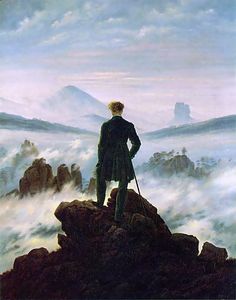
- Date of Creation:
- 1818
- Alternative Names:
- Wanderer Above the Mist, Der Wanderer über dem Nebelmeer
- Height (cm):
- 98.40
- Length (cm):
- 74.80
- Medium:
- Oil
- Support:
- Canvas
- Subject:
- Landscapes
- Art Movement:
-
Romanticism
- Created by:
- Current Location:
-
Hamburg, Germany
- Displayed at:
-
Hamburger Kunsthalle
- Owner:
-
Hamburger Kunsthalle
- Wanderer above the Sea of Fog Page's Content
- Story / Theme
- Analysis
- Related Paintings
- Artist
- Art Period
- Bibliography
-

Wanderer above the Sea of Fog
-

Elbsandsteingebirge, Germany
Some believe Wanderer Above the Sea of Fog to be a self portrait of Friedrich. The young figure standing in contemplation has the same fiery red hair as the artist.
The figure stands in contemplation and self reflection, mesmerized by the haze of the sea fog as if it were a religious and spiritual experience. He wonders in that moment about the unforeseen future.
By placing his back toward the viewer he is not shutting them out - rather he enables them to see the world through his own eyes, to share and convey his personal experience.
Though some believe this to be a self-portrait tradition recounts that the figure in Wanderer Above the Sea of Fog is a particular person, a high-ranking forestry officer, Col. Friedrich Gotthard von Brincken, of the Saxon infantry. He wears the green uniform of the volunteer rangers, those called into service against Napoleon by King Friedrich Wilhelm III of Prussia.
As this man was most likely killed in 1813 or 1814, this painting may also serve as a patriotic tribute.
Though Friedrich painted this scene in his studio, he sketched it at the place of inspiration, Elbsandsteingebirge, in Saxony and Bohemia. He was always greatly inspired by German landscape and deeply moved of the beauty he found in his homeland. He depicts the mountains, the trees, and the heavy mist above the sea.
-

Wanderer above the Sea of Fog
-

Wanderer above the Sea of Fog
-

Wanderer above the Sea of Fog
Friedrich executes a unique composition and employs his famous technique in Wanderer Above the Sea of Fog. His use of color and lighting is also notable.
Composition:
Friedrich chose to paint this landscape vertically instead of the much seen horizontal orientation. The upright position of the canvas models the uprightness of the figure in the painting.
Use of technique:
Once again Friedrich employs the Ruckenfugen technique in which he paints the figure with his back towards the viewer. This makes the figure something of a mystery to the viewer - they are unsure what he is thinking or his reaction to the landscape that they too are taking in.
By separating the figure and the viewer, the latter focuses more on the beauty of the surroundings rather than the man's role in nature.
Color palette:
For this composition Friedrich uses a slightly brighter palette than usual. He mixes blues and pinks across the sky with the mountain and rock in the distance echoing these colors. He paints the figure in a dark green coat - typical German attire.
Use of light:
The light seems to be coming up from beneath the rock, somehow illuminating the fog. The rock the mysterious figure stands on remains mostly in silhouette form, though some detail is visible at the top near the figures' feet.
Tone elicited:
As the viewer cannot see the figure's face, the tone is questionable. In line with Friedrich's other works, and the overall Romantic ideal, it seems fitting to believe that this wanderer stands in awe of the spooky nature before him.
His poise is one of a confident man, he leans on his cane, and a relaxed hand rests in his pocket.
-

Landscape with Temple Ruins
-

Two Men Contemplating the Moon c.1819
Friedrich very rarely included people in his landscape paintings. He painted Wanderer Above the Sea of Fog just around the time more figures started appearing in his work.
Some historians believe it is because he got married right around this time, which may have invoked some newfound appreciation for human life and human relations.
Like the majority of his work, Wanderer Above the Sea of Fog was not fully appreciated during its day. It wasn't until after his death that Wanderer gained significant attention. This is because Friedrich was, for the most part, misunderstood in his time.
As an artist, he struggled to gain full comprehension from the public and critics of his time, but he continued to paint according to his own artistic convictions, not for approval. He experienced a significant amount of success during his high days, even being commissioned by the Russian royal family.
Thanks to his intense and emotional focus on nature, Friedrich changed the style of landscapes and became a key member of the Romantic Movement. Friedrich helped shaped the movement while in its fledging stage, his personal ideals matching up perfectly with the new art form.
Neoclassical artists focused on properly accounting history through close attention to detail while Romantic artists flirted with themes of man's part in nature, divinity found in nature, and emotion.
Although many critics are still unable to comprehend Friedrich's allegorical references to Christ and God through landscape, today his work is generally well respected.
-

The Abbey in the Oakwood
-

Max Ernst
Unlike most artists, Caspar David Friedrich took less inspiration for the great masters of art before him and paid more attention to the teachers of his formal education.
Consequently, Friedrich had a truly unique style; he could transform landscapes from a mere forest to a wooded wonderland where each branch symbolized something greater, something deeper.
The trees were no longer just trees, but beautiful wooden creatures that represented the unwavering strength of Christ. The rays of the sun didn't just serve to illuminate the ground but to show the light of the Holy Father.
Romanticism was an art period lasting approximately form the early 19th century to the beginning of the 20th century. Romantic artists flirted with themes of man's self glorification, man's part in nature, divinity found in nature, and emotion.
Caspar David Friedrich fits in ideally with the characteristics of Romanticism as he displayed individualism, subjectivity, spirituality and the love of nature.
Unfortunately, reception of Friedrich's work deteriorated as he aged. Eventually even his patrons lost interest in his work as Romanticism was being replaced with new, modern ideals.
Friedrich died while his art was no longer wanted. Critics thought it too personal to understand, completely disregarding the fact that that was what made the work so original in the first place.
However, Symbolist and Surrealist artists, such as Max Ernst, took note of the allegorical meanings that saturated Friedrich's canvases and both groups came to reference Friedrich as a great source of inspiration and foundation for their perspective movements.
To find out more about Friedrich's contribution to Romanticism please choose from the following recommended sources.
• Barber, John. The Road from Eden: Studies in Christianity and Culture. Academica Press, LLC, 2006
• Bèorsch-Supan, Helmut. Caspar David Friedrich. Thames & Hudson, 1974
• Boime, Albert. Art in an Age of Counterrevolution, 1815-1848. University of Chicago Press, 2004
• Hoffman, Werner. Caspar David Friedrich. Thames & Hudson, 2001
• Jensen, Jens Christian. Caspar David Friedrich: life and work. Barron's, 1981
• Koerner, Joseph Leo. Caspar David Friedrich and the Subject of Landscape. Yale University Press, 1990
• Wintle, Justine. Makers of Nineteen Century Culture: 1800-1914. Routledge, 2002
• Wolf, Norbert. Caspar David Friedrich: 1774-1840: The Painter of Stillness. Taschen, 2003
Source: https://www.artble.com/artists/caspar_david_friedrich/paintings/wanderer_above_the_sea_of_fog

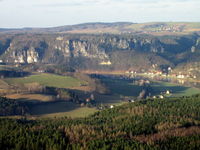
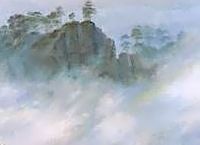

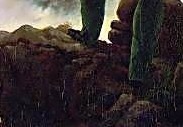
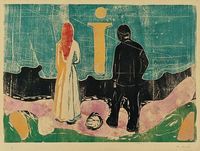
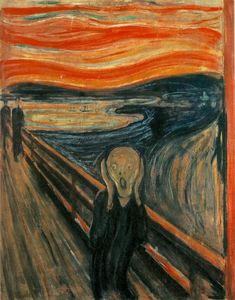
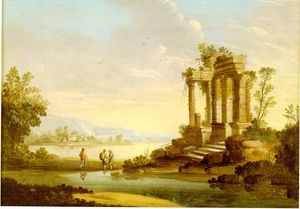
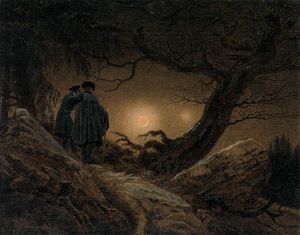
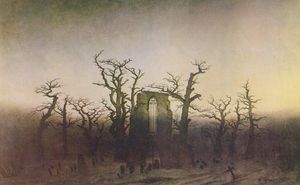

0 Response to "Royal Red and Blue Wanderer Above the Sea of Fog Matirial"
Enregistrer un commentaire